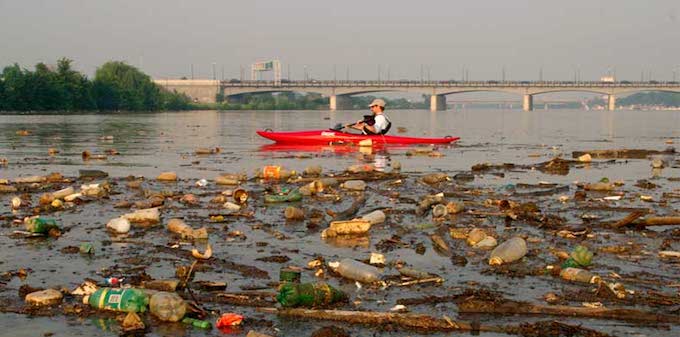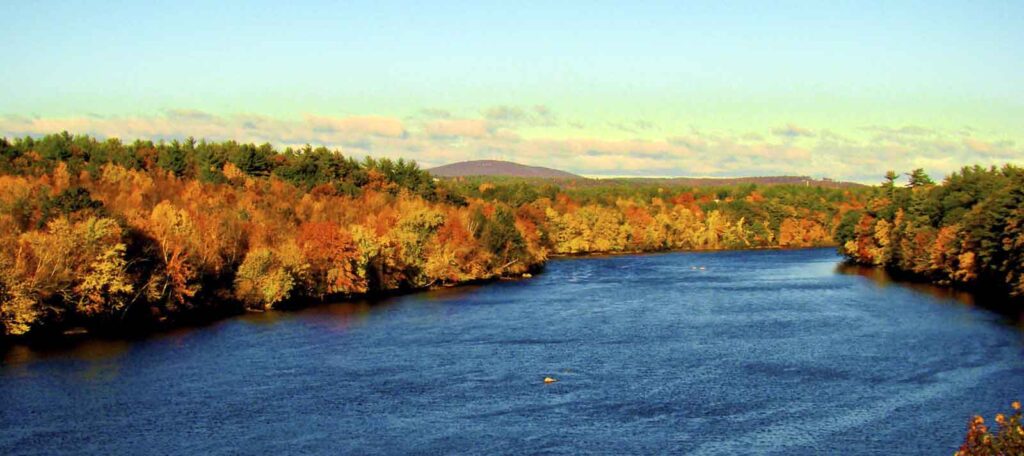Maximizing our Effectiveness, Tackling Multiple Threats to Rivers
New paper published in Elementa: Science of the Anthropocene argues that if we are serious about protecting and restoring rivers, we should look broadly at how numerous and varied threats are interacting to affect river health.
By
Amy Souers Kober |
December 22, 2017
A new paper published this month by American Rivers’ Director of Science & Economics and 13 other freshwater scientists argues that if we are serious about protecting and restoring the rivers that are the lifeblood of our communities and economy, we should look broadly at how numerous and varied threats are interacting to affect river health.
Laura Craig, PhD, Director, Science & Economics at American Rivers is the lead author of the paper titled “Meeting the challenge of interacting threats in freshwater ecosystems: A call to scientists and managers,” which was published in Elementa: Science of the Anthropocene.
“Scientists and managers tend to focus on individual threats—for example urbanization, water withdrawals, or habitat fragmentation—but the vast majority of watersheds are experiencing multiple threats at the same time. We have a responsibility to face the challenges of studying and managing multiple threats so that we can make the best decisions,” said Craig.
“At American Rivers, we are committed to helping fill current knowledge gaps and to working collaboratively with scientists and river managers to choose the best solutions for rivers and the people and wildlife that depend on them.”
The paper highlights the value of thinking about multiple threats and offers suggestions for improving our understanding of how interacting threats affect freshwater ecosystems. It also offers advice on steps managers can take now to address the urgent management challenges presented by interacting threats, including applying what we have learned from managing individual threats, selecting approaches that are likely to succeed despite uncertainty about how threats may be interacting, avoiding unintended consequences while maximizing conservation benefits, and working in multidisciplinary teams to address challenges.
The authors of the paper chose to publish this paper in an open access journal, so it is available in full to the public.




